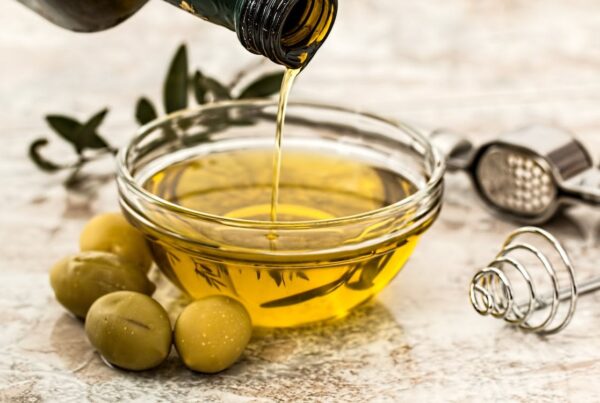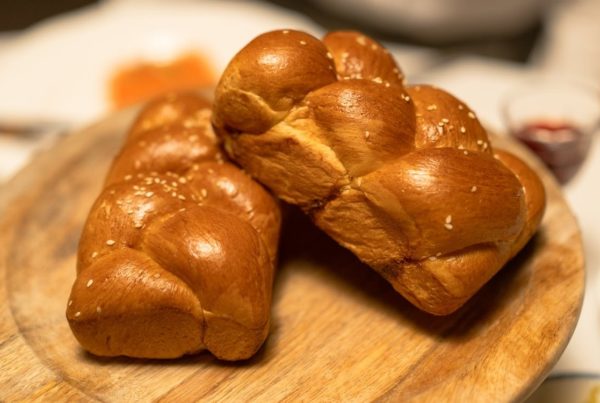Kosher Pareve refers to foods that contain neither meat nor dairy ingredients, making them suitable for eating alongside both meat and dairy meals. In this blog post, we’ll delve deeper into what pareve means, why it’s important, and how products obtain that status during Kosher certification.
As you may already know, mixing meat and dairy is forbidden if you’re keeping Kosher. To avoid doing so, those who eat Kosher plan ahead. They might have a ‘dairy breakfast’ or a ‘meat lunch’ and they make sure all the other ingredients besides the meat or dairy itself for that meal fall into the correct category or are ‘Kosher Pareve’.
Examples of pareve foods include fruits, vegetables, grains, and nuts. Fish, as an aside, is also considered to be Kosher Pareve. Products can be marked as Pareve if they include only pareve ingredients and if they are produced using pareve equipment that hasn’t come into contact with meat or dairy.
Pareve foods are important in Jewish dietary laws because those foods serve as a bridge between meat and dairy. For example, if you want to eat a piece of cake after a meat meal, you will need to choose a pareve cake, as cakes made with dairy ingredients like butter or milk are not allowed after a meat meal. Those who keep Kosher will wait anywhere from 1-6 hours after a meat meal before they consume dairy.
When you notice a Kosher symbol on a product label, if you do not see the word Dairy or the letter D (or the word Meat), that means that the product is Pareve. At times, you will also see the word itself Pareve appear on the label to indicate its Pareve status.
Hopefully this quick overview sheds some light on Kosher Pareve and why it’s important for those keeping Kosher in their home kitchen as well as anyone interested in food purity or avoiding certain ingredients like meat or dairy.





